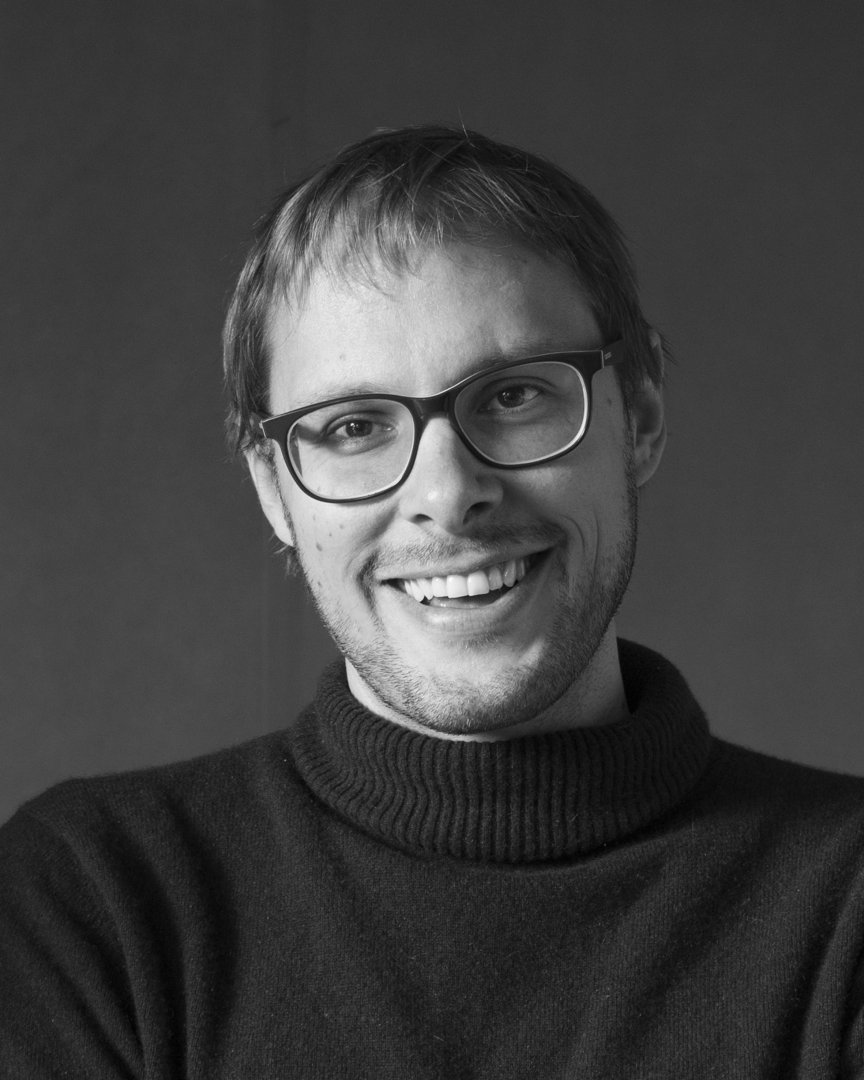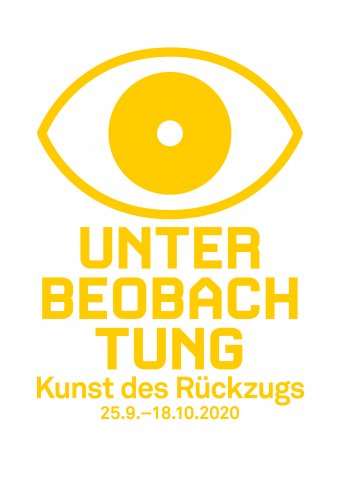LAST PLACE OF REFUGE
For a long time, remote regions, or at least one's own four walls, were considered the last places of refuge where one could escape social constraints and norms in order to be alone. Today, the Smartwatch transmits biodata about our health and physical activity from these places as well.
Today we live in a world where our e-mails are read along and payment systems collect data on our buying habits. The personality profiles generated from this data make us to see-through man. Step by step we are exchanging personal freedom for optimization, acceleration and security. In the digitalized world of tomorrow, there seems to be no real place of retreat as long as technology is not completely denied. Until the end, at least thoughts - the human characteristic par excellence - were considered the last free good. However, only a small technological step is still missing to make them transparent. Several years ago, the Executive Chairman of Google/Alphabet Inc. Eric Schmidt said: "We know where you are. We know where you’ve been. We can more or less know what you're thinking about."
The artist Daniel Beerstecher meditated for his project for the duration of the Videonale for about 6-7 hours daily and tried to calm his thoughts to such an extent that he reached a state of thoughtlessness. What mystics* and spiritualists of many religions refer to in meditation as the place of God-connectedness or the mystical experience of enlightenment, now takes on a further dimension. In a completely digitalised world it seems that inner contemplation, stopping thinking, the absolute silence of thoughtlessness, is perhaps the last real refuge of our time. A refuge to which theoretically every human being has free access.
The performance 'Last Place of Refuge' was monitored by several cameras and the images were broadcast live in the social media. An EEG device transmitted the brain activity as a video stream. Current data such as heart rate, breathing rate, blood pulse wave, etc. were also disclosed. An archive was created on a project website, in which all data and images of the past days were stored, allowing the performance to be checked for consistency and stringency. The data-live tracking and live-stream visualisation of brain activity as well as the storage and archiving were intended to indicate the constant invisible monitoring to which humans are already subject.
The World Wide Web, including social media, functions as a permanent and unlimited exhibition site of continuous artistic output. The visualisations can be seen on the project website. The project was additionally expanded with a participatory component for the local audience. In this case, the artist gave a guided deceleration instruction for one hour each evening after his performance. The participants were able to learn to reduce their thoughts to such an extent that they at least got an idea of the inner peace and thoughtlessness they were striving for.
With this project, the artist ties in with his previous project Walk in Time - the first slow-walk marathon in art. Over a distance of 42.195 km, he moved forward so slowly that he covered just 120 meters per hour. For a total of 6 hours per day, for 10 weeks he monitored himself in meditative walking. He used deceleration as an artistic practice: an attempt to escape time and the social tendency towards acceleration. His data and his walk were streamed live to social media and several museums.
more information:
www.walk-in-time.de
A SWR contribution to the project HIER
Daniel Beerstecher, born 1979 in Schwäbisch Hall, Germany, lives and works in Stuttgart, Rio de Janeiro and on the road. From 2003-2010 Beerstecher studied at the State Academy of Fine Arts Stuttgart. He received numerous scholarships and awards for his artistic work and exhibited his works in renowned international institutions, including solo exhibitions in São Paulo, Göppingen, Rio de Janeiro, Karlsruhe, Stuttgart and Berlin as well as participation in group exhibitions at Istanbul Modern, Istanbul; the B3 Biennale of the Moving Image, Frankfurt and the Montevideo Biennale 500 Years of Future.
His artistic work is characterized by installations, international travel and video performances, where Daniel Beerstecher meets a random audience. The art is taken from conventional spaces brought to public spaces in a process. The interference with people is a crucial part of his work. The aim is to create new spaces for interpretation and, in a certain sense, to put the "world order" to the test.

A detailed artist talk with Daniel Beerstecher in the podcast "Art Companion" by Benjamin Thaler about his artistic career can be found here: Reisen als Kunst.
An exciting artist talk with Daniel Beerstecher in the podcast "Art Companion" by Benjamin Thaler about the performance Walk in Time finden Sie hier: Gehe an deine Grenzen!
Projektassistenz:
Anna Okupski
Tabea Schulz
Programmierung der Webseite:
Alex Kern
Grafik der Webseite:
Marina Gärtner, it’s mee
Besonderen Dank an:
Flavia Mattar
Greta Garle
Familie Beerstecher
Fotos:
Leah Girardin (Portrait)


